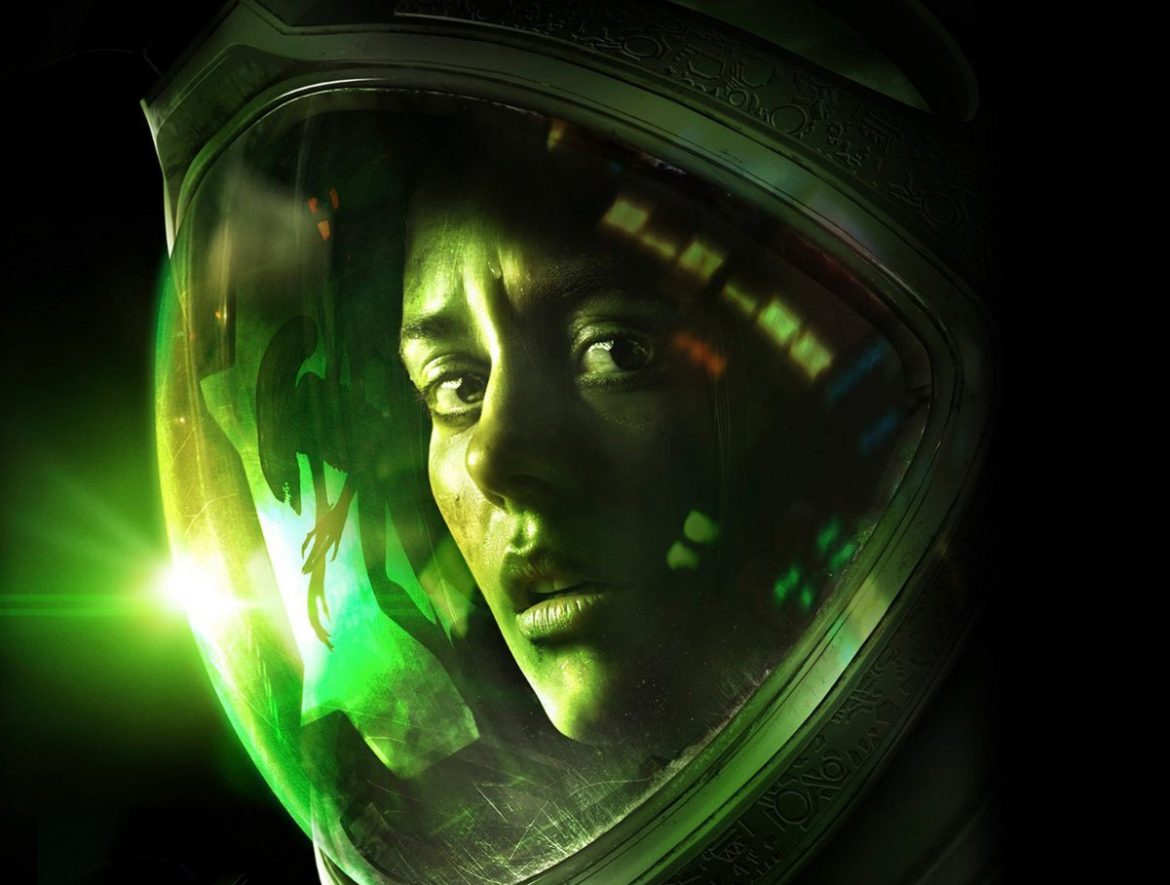TL;DR
Step into Amanda Ripley's shoes and explore the haunting Sevastopol station 15 years after her mother's disappearance in Alien: Isolation. This game masterfully recreates the dread of the original film with stunning retro-future visuals and immersive sound design, forcing you into tense stealth and evasion. While hiding in lockers offers initial thrills, the gameplay loop can feel repetitive, and limitations like no jumping or manual saves can be frustrating. Despite its age and some Switch port issues with small text, its intense atmosphere and faithful Alien universe capture make it a must-play for fans. Discover if this survival horror gem is worth your time – read the full review to find out!
The quote from Jurassic Park, “Life finds a way,” seems apt for Alien: Isolation, as encounters with the Alien itself are surprisingly infrequent. During my initial playthrough, nearly an hour elapsed before the first glimpse of the Xenomorph.
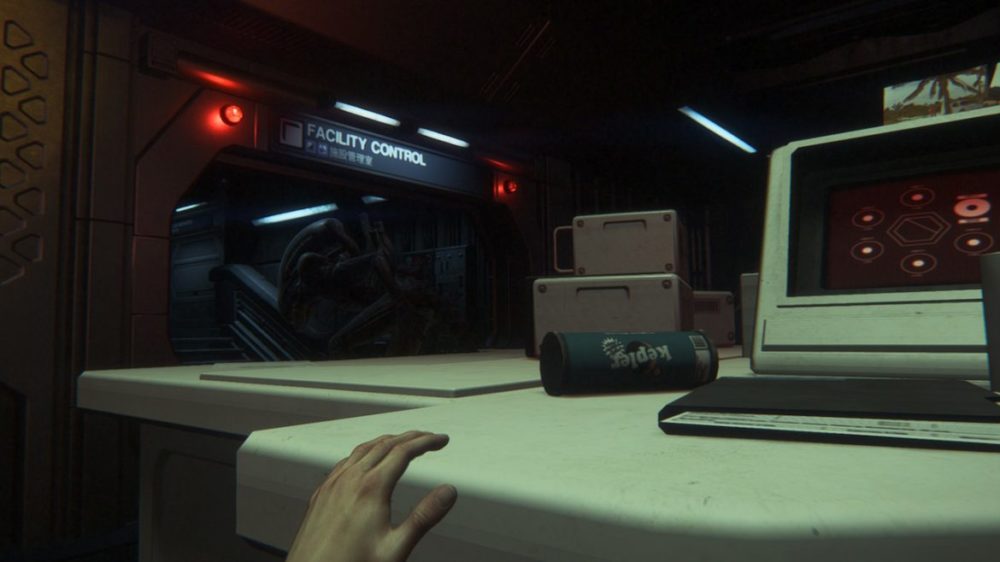
Players assume the role of Ellen Ripley’s daughter, Amanda Ripley. Set 15 years after her mother’s disappearance, the 26-year-old Amanda learns of the discovery of the Nostromo’s flight recorder. Amanda boards the Sevastopol station and quickly discovers that the situation is far from stable. The station is largely abandoned, populated only by armed scavengers and hostile synthetics, in addition to a far more lethal presence lurking in the shadows.
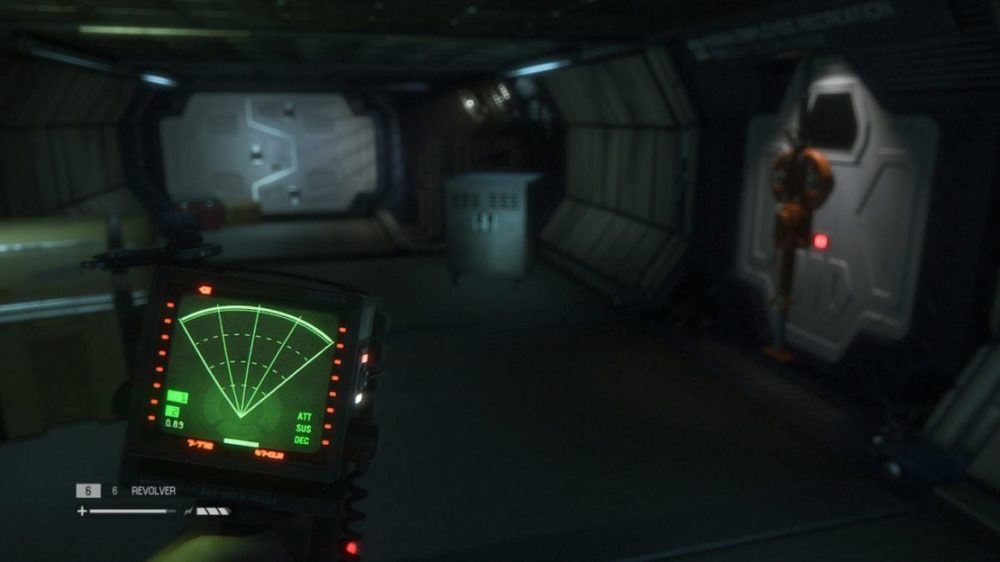
On its merits, Alien: Isolation is a meticulously crafted game that successfully captures the atmosphere of the Alien universe. The developers have effectively recreated the tension and dread reminiscent of the original Alien film. This is evident in the meticulously designed environments, featuring elements such as the iconic air ducts with their impractical yet unnerving iris closures, and the unsettling drinking bird toys. The game’s world authentically embodies a “retro-future” aesthetic. The sound design and musical score further enhance the immersion, faithfully recreating the auditory landscape of the film. The gameplay emphasizes stealth and evasion, demanding strategic thinking and creating tense moments as players seek refuge in air ducts or lockers. The act of holding one’s breath inside a locker to avoid detection provides an initial thrill, though this can diminish over time.
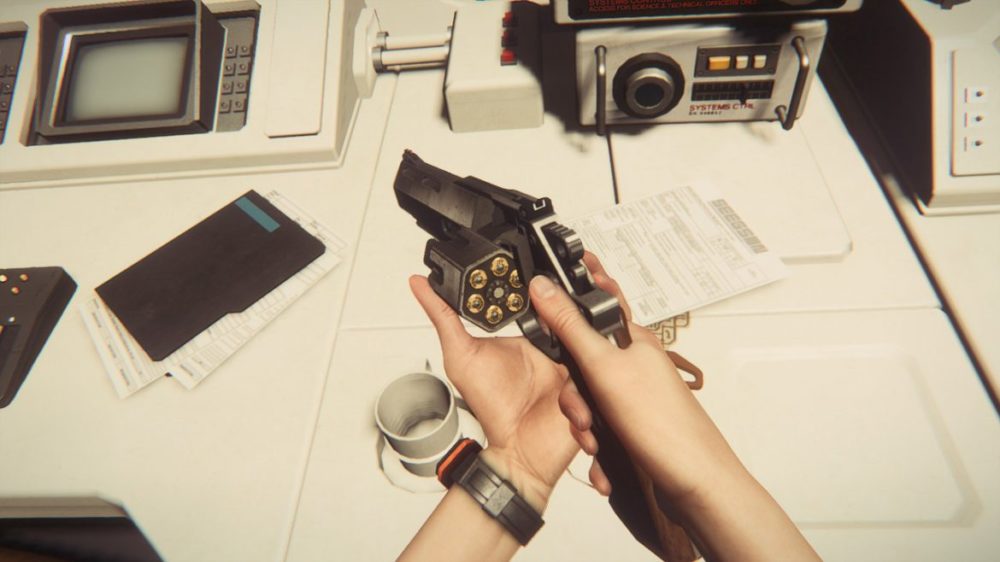
However, the constant need for concealment can become repetitive. In one instance, after tiring of hiding, I engaged a looter, eliminating him and causing him to drop his revolver. Despite this, interaction was limited; while ammunition could be scavenged, the revolver itself remained irretrievable. This felt restrictive. Furthermore, the inability to…
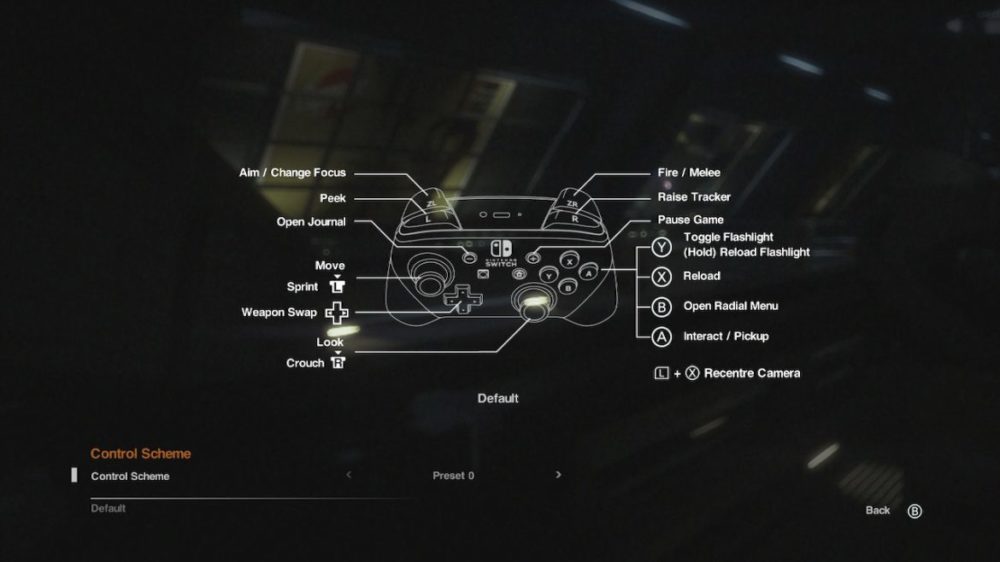
…jump seems like a significant omission. The absence of a jump mechanic appears to be an artificial constraint imposed by the developers to limit player agency and circumvent potential design challenges related to traversal. The lack of manual save points is also a frustrating design choice, requiring players to rely on designated save locations. This can lead to the repetition of lengthy sections due to missed save opportunities, as there is no autosave functionality implemented.
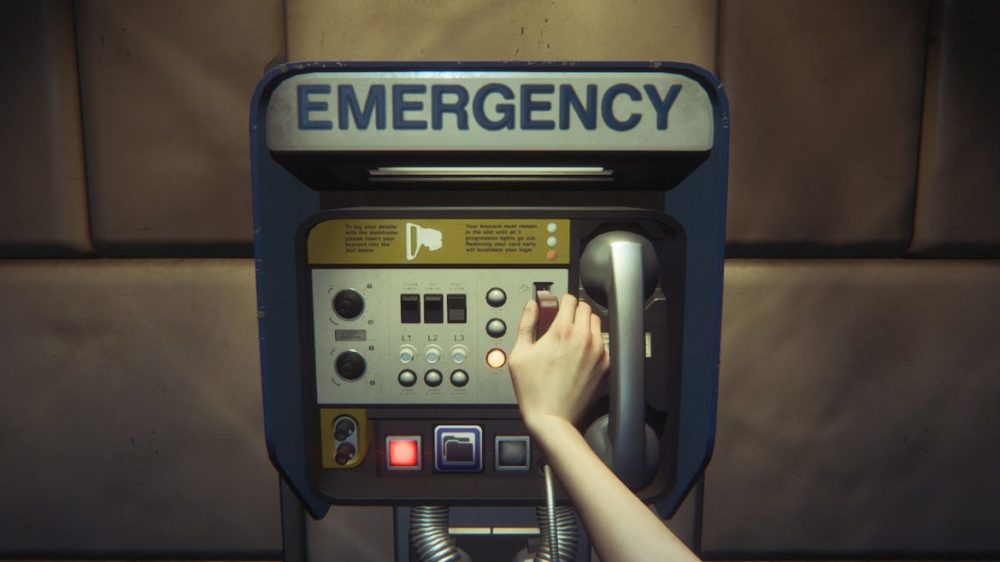
Originally released in 2014, Alien: Isolation is not a recent title. Nevertheless, the graphics remain visually appealing, even by contemporary standards. However, the port to the Nintendo Switch introduces a common issue with third-party titles: elements appear diminished on the handheld’s smaller screen. This is particularly problematic with on-screen text and intricate details required for hacking sequences. This reduction in visibility presents a recurring challenge.
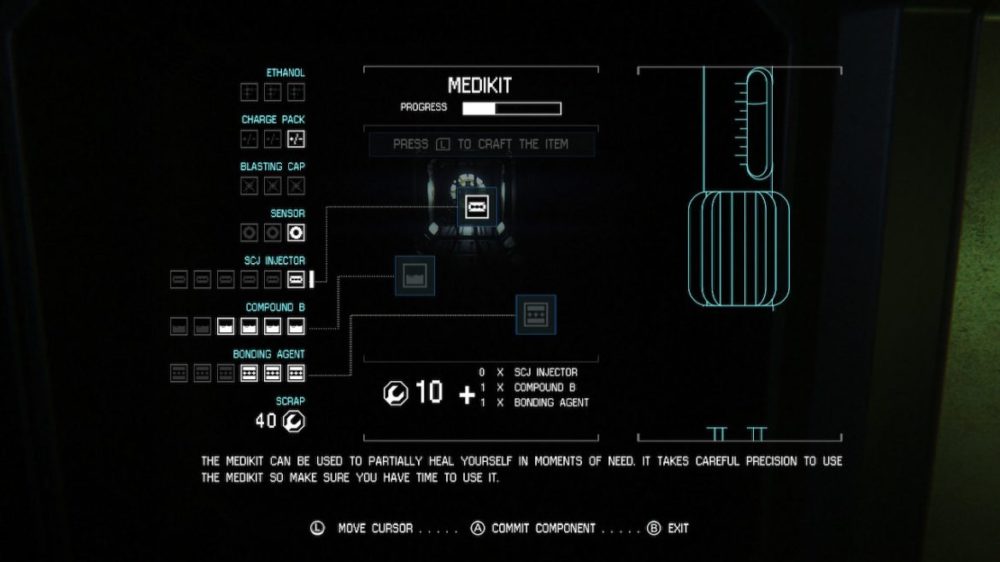
In conclusion, Alien: Isolation is a highly atmospheric and, at times, intensely challenging game. While it has its shortcomings, its strengths outweigh its weaknesses, making it a worthwhile experience, particularly given its newfound portability.
